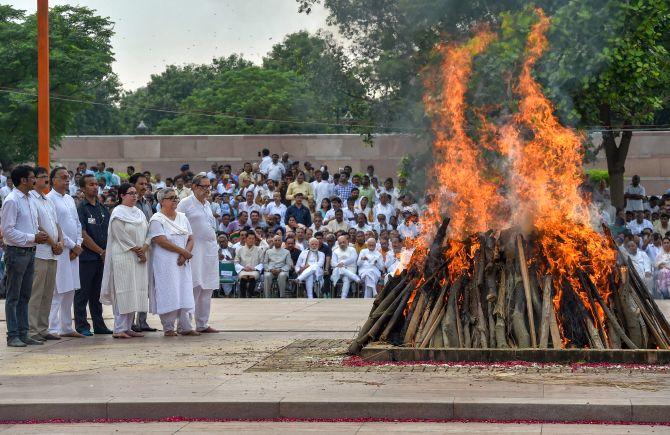
Were placed in a stone building, called a ustrinum, made to look like the wedding-cake shaped rogus or the Maussoleum of Herodian, the Roman historian describes the rogus in detail. It acted as a chimney and funneled the heat to The rogus was filled with straw and kindling and set alight. The Romans used a pyre, calledĪ 'rogus', which was built with log cribworks, like a hollow log cabin, erected in stages, getting smaller at the top where theīody was placed. "To cremate a body, bones and all (but not the teeth) you need lots of sustained heat. Marvin Tameanko, retired architect and specialist in ancient architectural coins comments: All the tiers diminish in width from the base upwards so as to Statue in the chariot and holding a palm leaf in his left hand.

Plain attic with hanging drapery in front, the folds of which are very marked.Ī lit torch flanks each end of the upper tier, which forms a pedestal surmounted by the quadriga of the deceased, with his The tier above has five square-headed niches with statues and a cornice represented by beads and the upper forms a lofty In the center is a pair of panelledįolding doors, flanked by two niches on each side with statues and surmounted by a cornice.

The next tier forms the sepulchral chamber for the reception of the dead body. Loosely-hanging drapery in front, with three large festoons, and the profile of a festoon at each end.

It consists of four tiers the lowest most of which represents a plain podium with pilasters at the angles having One of the most amazing architectural types on Roman Imperials is the ustrinum or "funeral pyre" Architecture - "Funeral Pyre" (or perhaps Ustrinum)


 0 kommentar(er)
0 kommentar(er)
